Step up Your Landscape Photography Game with These 5 HDR Tips
Shooting landscapes is the dream of most people who hold a camera, and for good reason – their sheer beauty and depth can create a very dramatic photograph.
Whether it’s a mountain range, an alpine lake, an ocean or something else, landscapes are high on the list of target subjects for just about anyone with a camera. Plus, we all generally feel a sense of peace and calm when we are in Nature. It rejuvenates us.
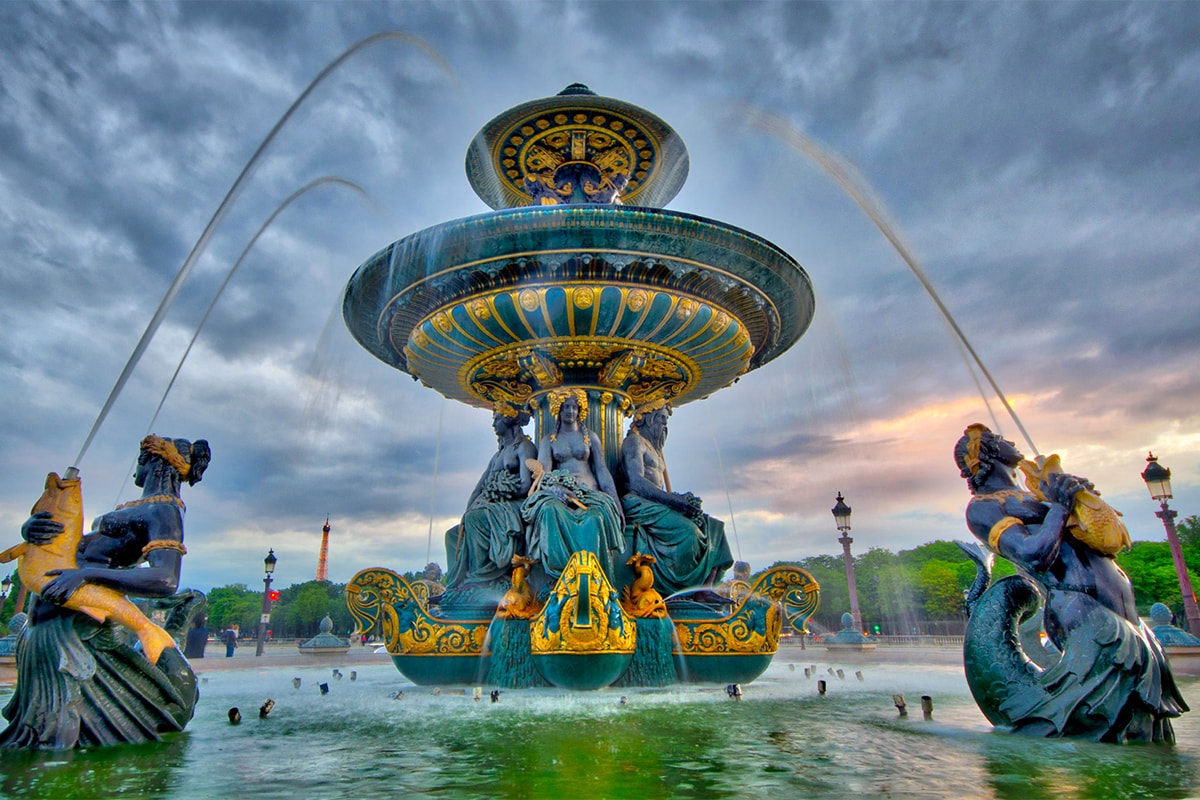
Image edited using Aurora HDR 2017 by Macphun
But photographing these amazing scenes can be tricky. Often a single exposure won’t capture the entire range of light in a landscape scene, and your photo may look a little flat. By shooting brackets and then using HDR techniques to create your photo, you have the opportunity to bring that scene to life. While HDR photos can be edgy and intense, you can also create serene, beautiful HDR photos by using the technique in a subtle way.
All of these are HDR photos which were built and edited in Aurora HDR 2017 by Macphun, which is the most powerful HDR software available. If you aren’t familiar with Aurora or HDR photography, you can find a wealth of information, training videos and tutorials on the Macphun website.
So how do you capture amazing landscape photos? Here are some tips to help you make the most out of your landscape photography:
1. Chase The Right Light
In landscape photography, it’s often all about the light. The best light can come at sunrise, although of course sunset is usually most popular (since it doesn’t require a wakeup call). Regardless of whether you get up early for sunrise or show up for sunset, keep in mind that these are the times of day when the light is best, and better light results in better photos. Bright, overhead midday sun is less likely to produce a beautiful and dramatic shot.
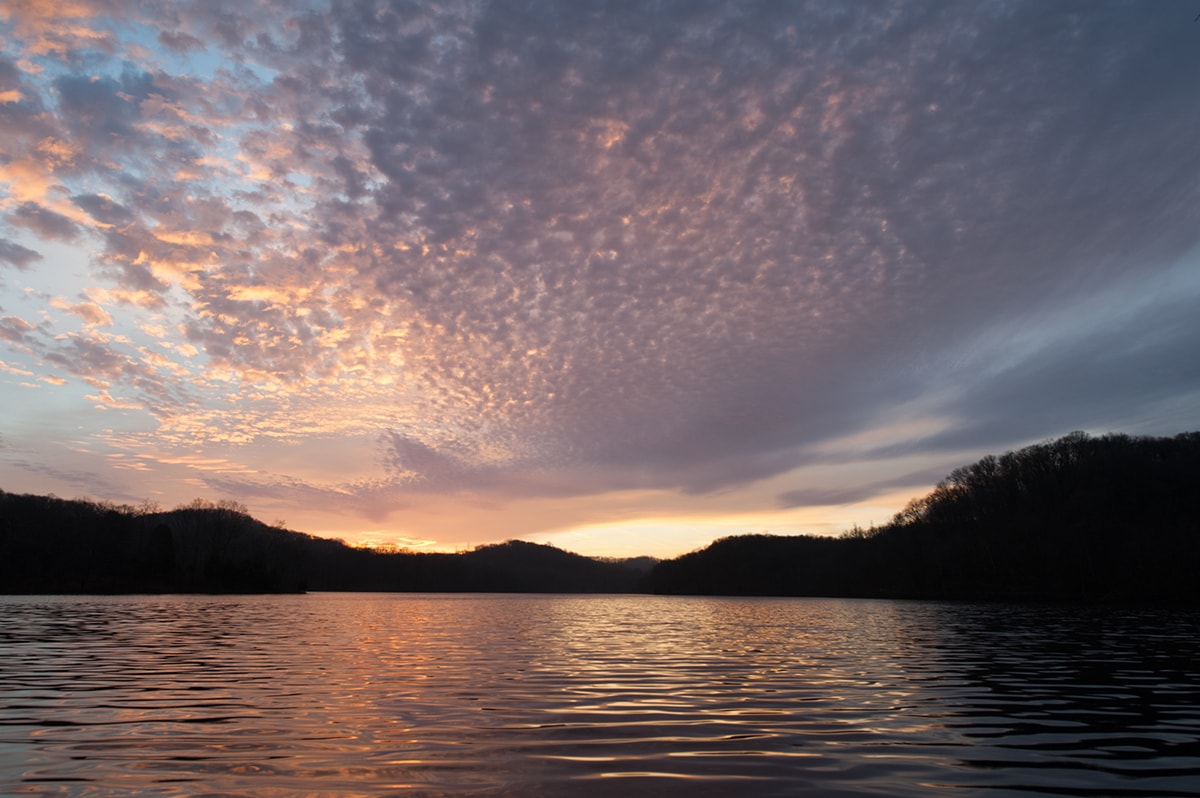
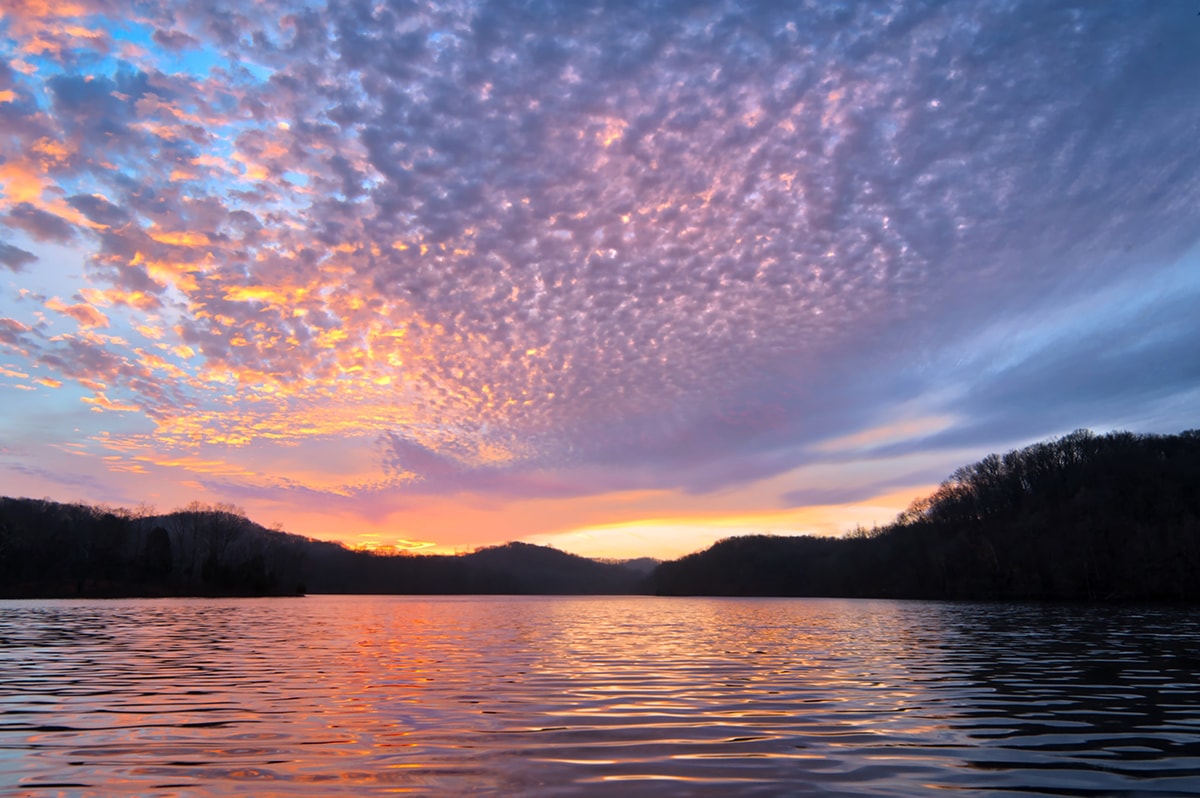
2. Add A Human Element For Scale
Although we assume a landscape photo will not have any people in it, if you do add a human element it can lend a great sense of scale to the photo. When you just see the landscape, we don’t always recognize the sheer enormity of a place. Add in a human element and it becomes quite clear.
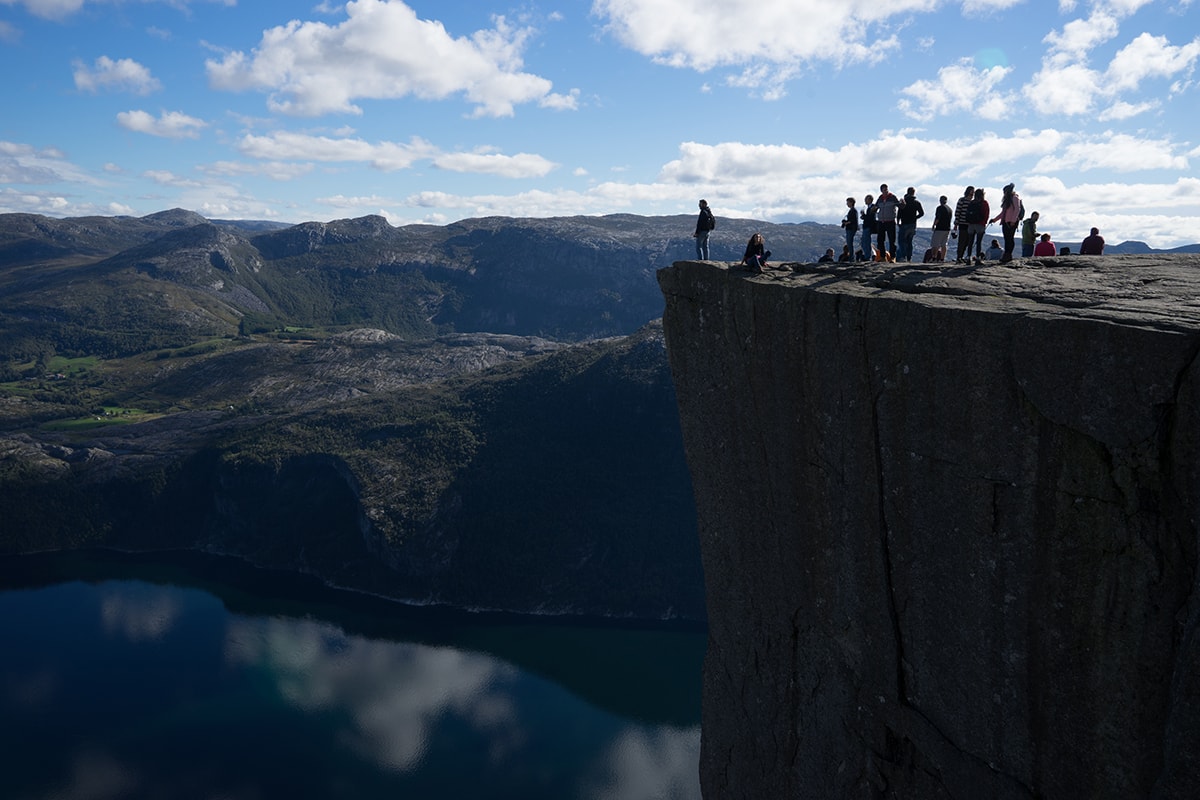
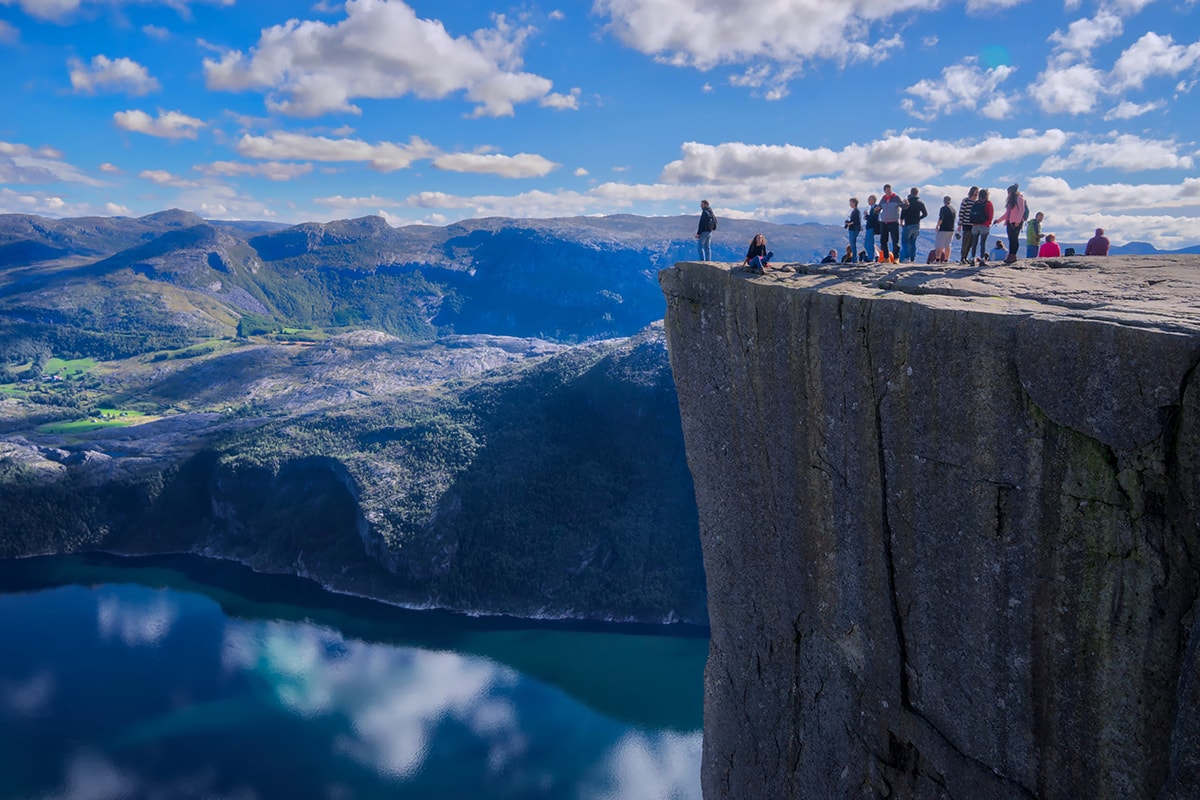
3. Find Natural Lines In Nature
In cityscapes, lines abound and it is generally easy to find something to lead your eye through the image. But in nature, it can be a bit trickier. Using a leading line can add emotional depth to a photo and give the viewer a sense of walking into the frame.
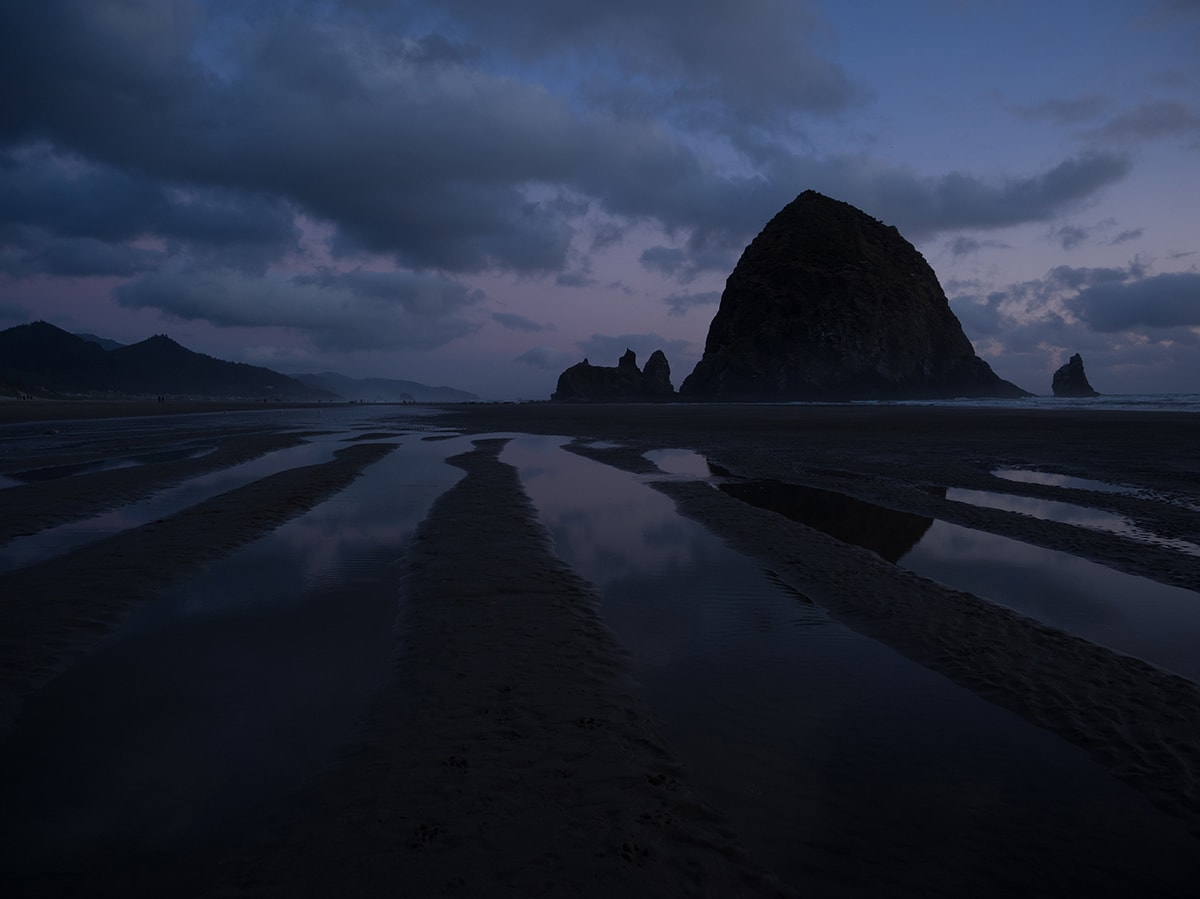
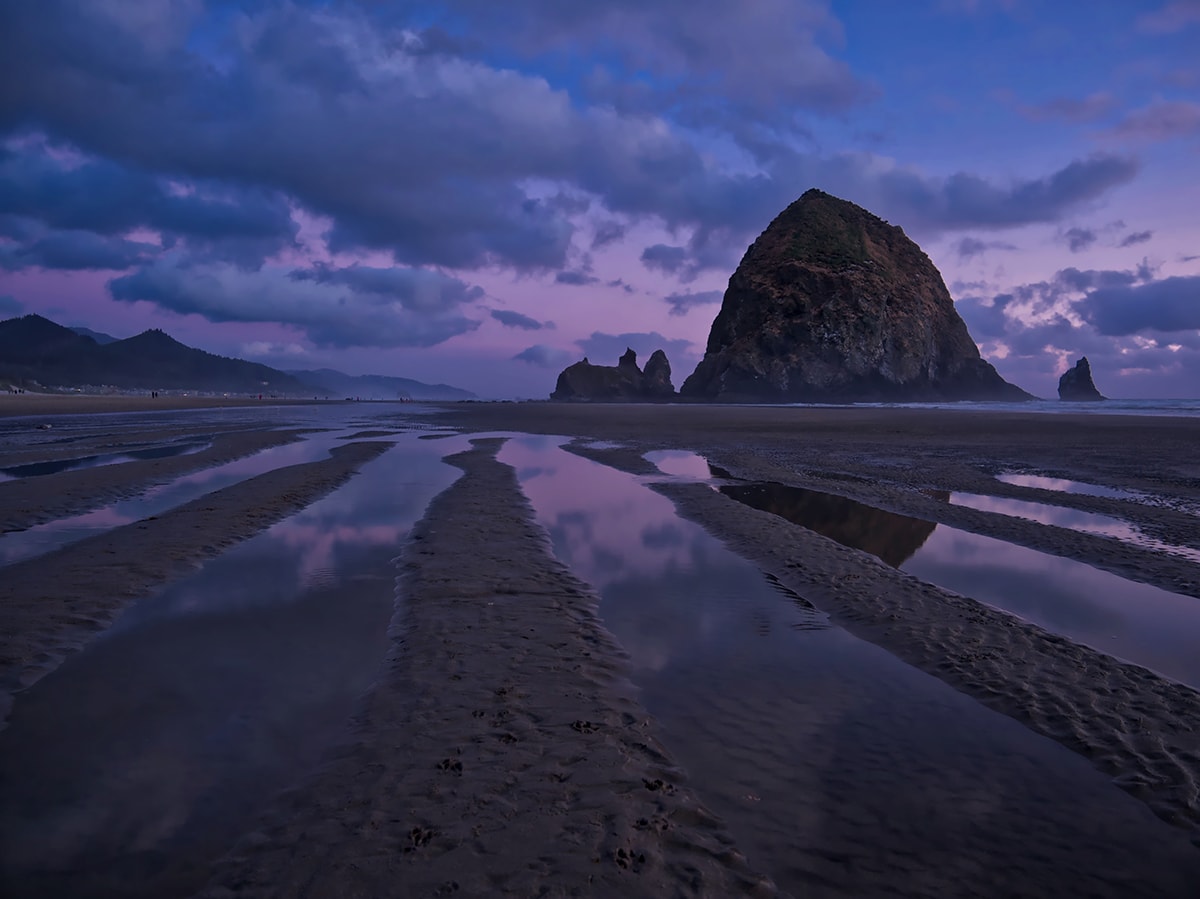
4. Find A Foreground Element
If you are shooting a beautiful landscape, but it’s all off in the distance, you can lose the ability to draw in the viewer. Grand landscapes are beautiful, but when they look distant they feel distant. Try and find something in the foreground to anchor the shot and use as a starting point for their eyes to enter the scene.
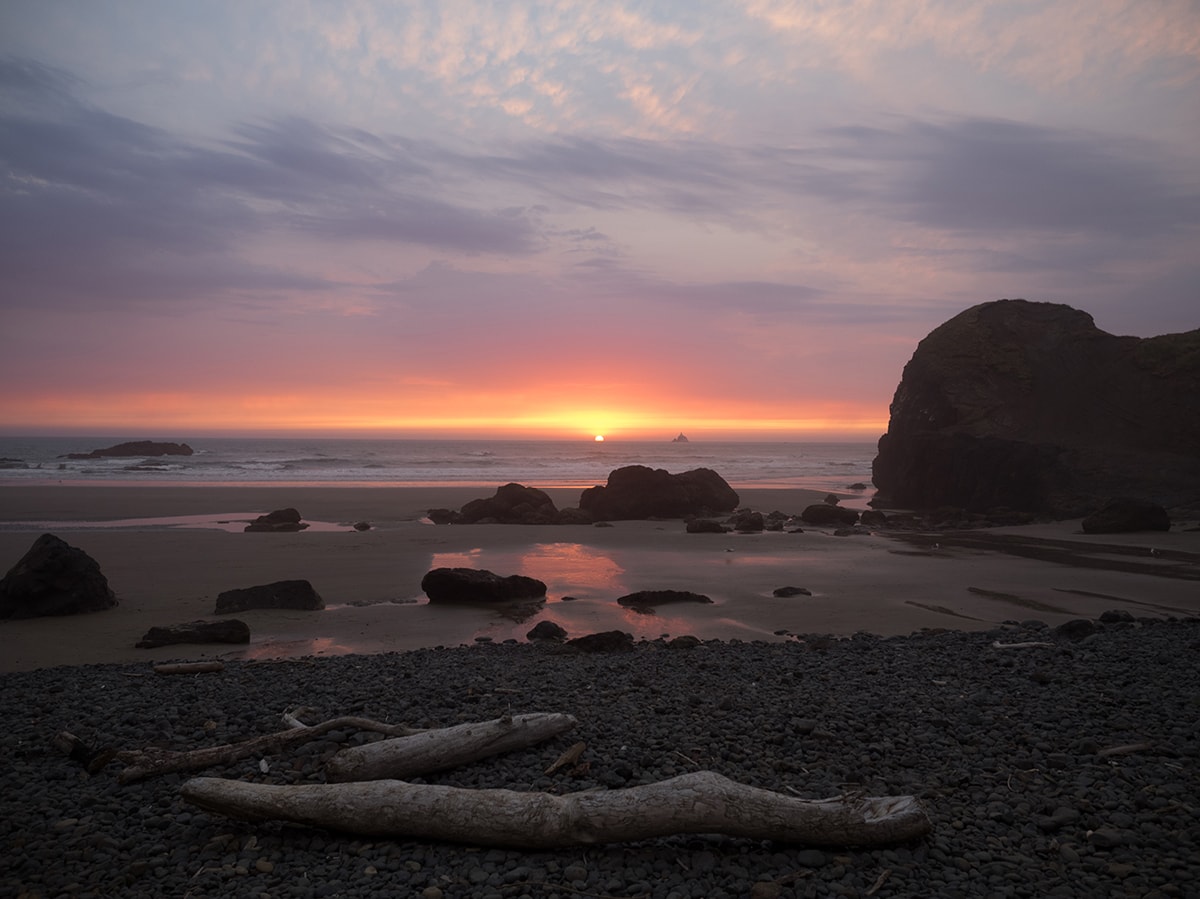
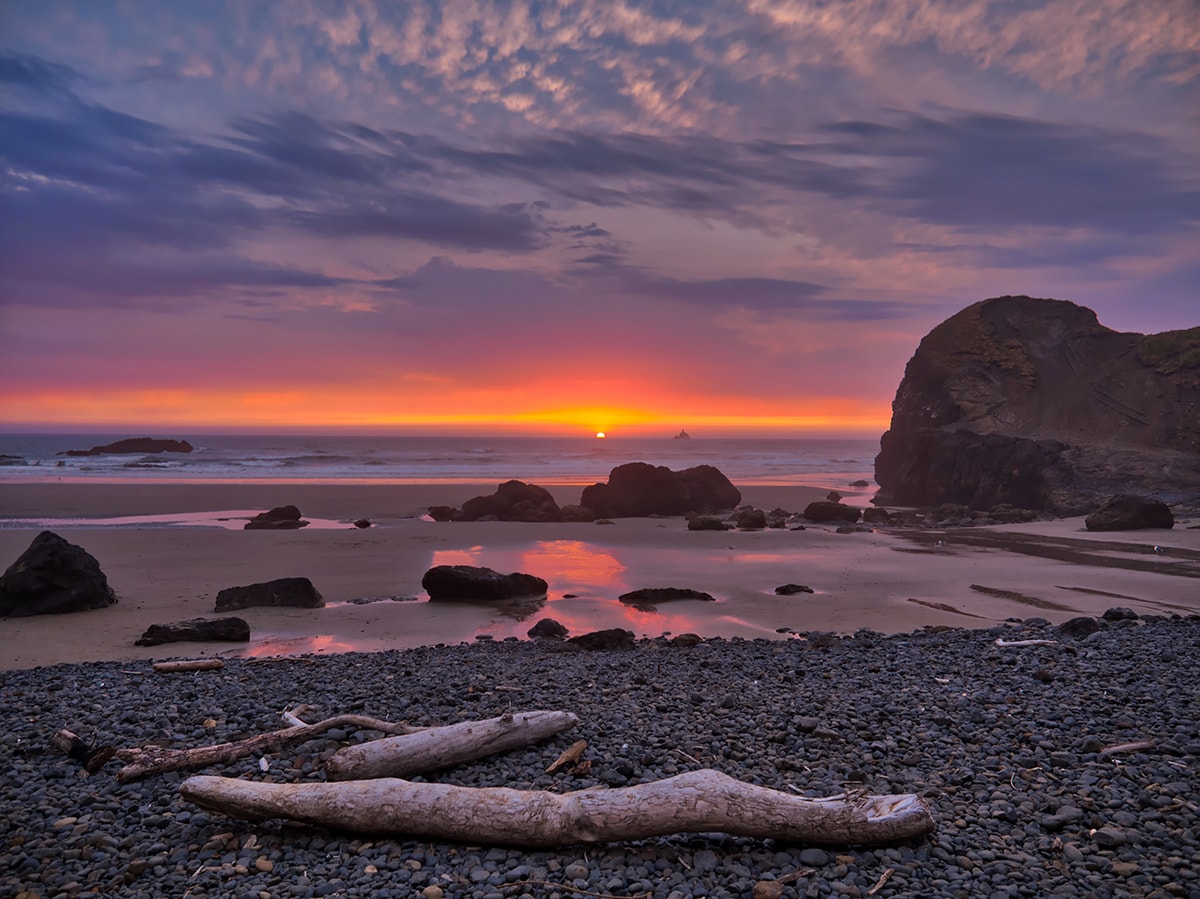
5. Reflections Add An Interesting Element
Reflections add an interesting dynamic to a landscape scene. You effectively double it, adding a unique perspective to your visual narrative. You can capture the reflection in a puddle, a river, a lake or something else, but regardless of where it comes from it adds to the photo.
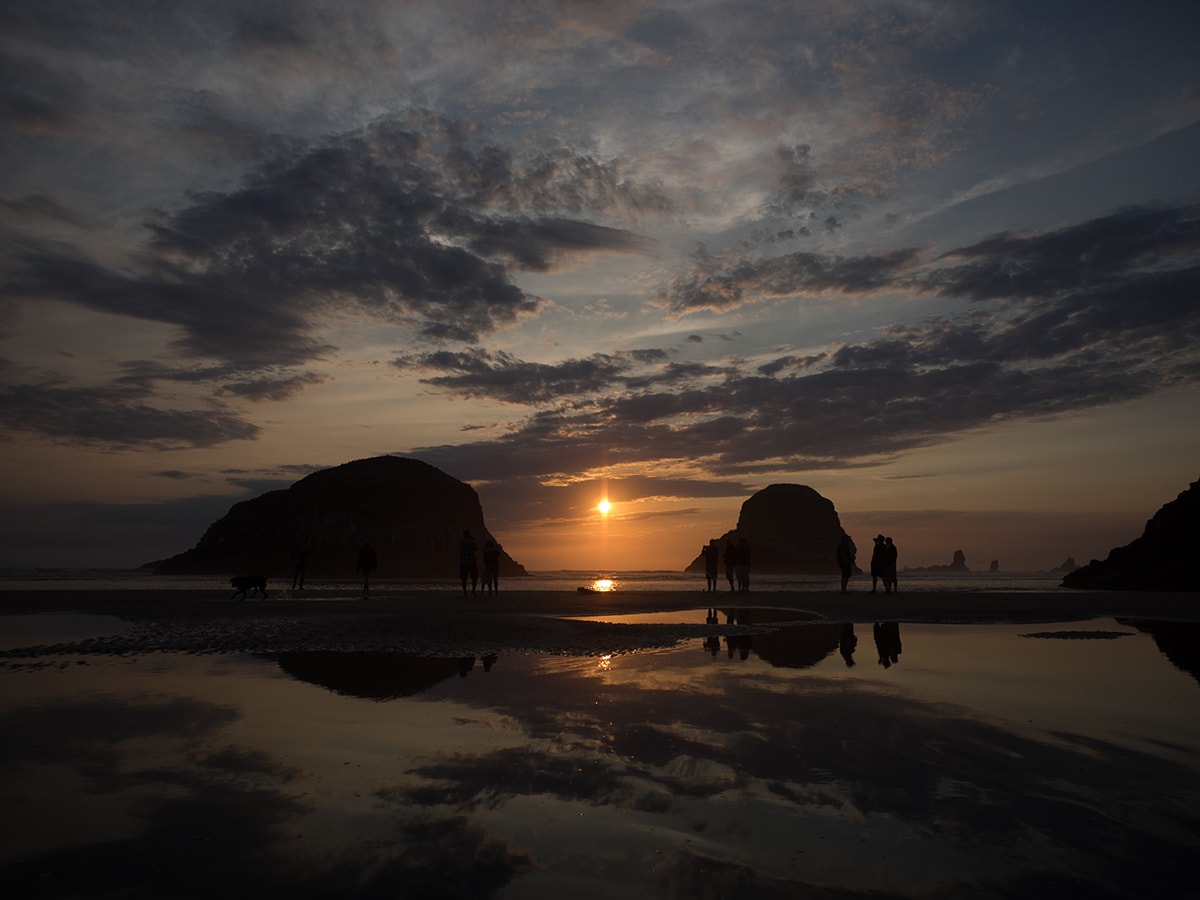
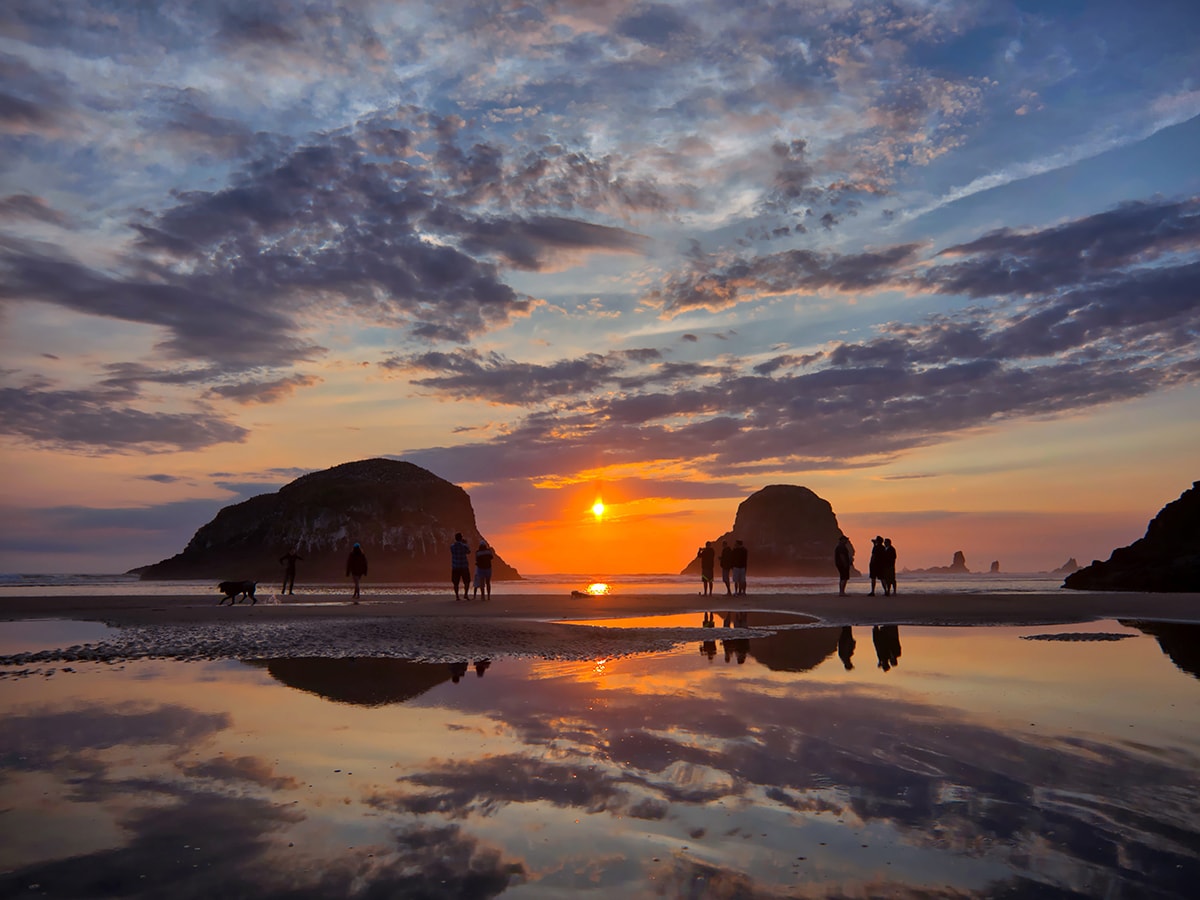
Landscapes are a joy to photograph, and using HDR techniques to bring your photos to life can have a serious impact on your final result. HDR gives you the tools to craft a stunning image and to ensure your image more closely resembles what you witnessed when you were photographing the scene.
These photos can emit a sense of calm, beauty and emotional depth that is often missed in a single exposure. Take advantage of this technique in your landscape shots and see for yourself!
